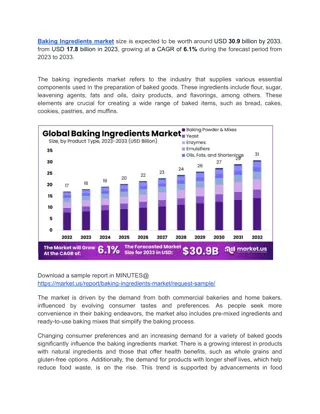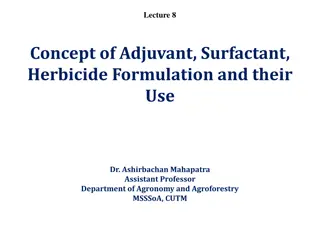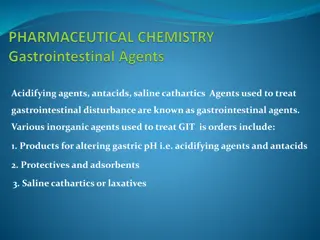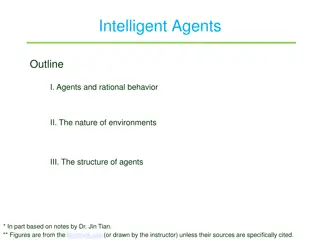
Understanding Leavening Agents in Baking
Learn about the different types of leavening agents used in baking, including chemical, biological, and mechanical options. Discover how ingredients like baking soda, baking powder, yeast, and egg whites contribute to making bread, cakes, and other baked goods rise. Understanding these agents is key to successful baking outcomes.
Download Presentation

Please find below an Image/Link to download the presentation.
The content on the website is provided AS IS for your information and personal use only. It may not be sold, licensed, or shared on other websites without obtaining consent from the author. If you encounter any issues during the download, it is possible that the publisher has removed the file from their server.
You are allowed to download the files provided on this website for personal or commercial use, subject to the condition that they are used lawfully. All files are the property of their respective owners.
The content on the website is provided AS IS for your information and personal use only. It may not be sold, licensed, or shared on other websites without obtaining consent from the author.
E N D
Presentation Transcript
What are they? Leavening Agents
What are Leavening Agents? Ingredients that contribute the air (or gas) that causes bread, cakes, and other baked goods to expand or rise when they go in the oven Chemical Mechanical Biological
Chemical Leavening Agents Baking Soda Another name: Sodium Bicarbonate When combined with an acidic ingredient, it will produce a chemical reaction that causes the release of CO2 (Carbon Dioxide) Reacts quickly, called quick breads Can be activated by: buttermilk, lemon juice, yogurt, sour cream, molasses, or honey
Chemical Leavening Agents Cont.. Baking Powder Remains inactive until mixed with liquid Less immediate reaction than baking soda Double-acting: begins working when mixed, then gives off another burst of gas when heated You cannot substitute baking soda for baking powder, or vice- versa!!! The reactions are not the same!
Biological Sources (Yeast) as a Leavening Agent A biological leavening agent that also contributes flavour Single-celled organisms (a type of fungus) responsible for the process of fermentation Fermentation: yeast eat sugar, and they produce CO2 Examples: yeast bread or rolls, pizza dough
Mechanical (Air) Leavening Agents Requires a readily foaming ingredient capable of retaining air bubbles Example: egg whites Leavened by air trapped in the product through vigorous beating Examples: angel food cakes, sponge cakes






















